Top 10 Fire Resistant Natives for Front Range Landscapes
June 2024 | Native Edge Landscapes
Here are our top picks for fire resistant plants native to Colorado and a great choice for Front Range landscapes.
Blanket Flower
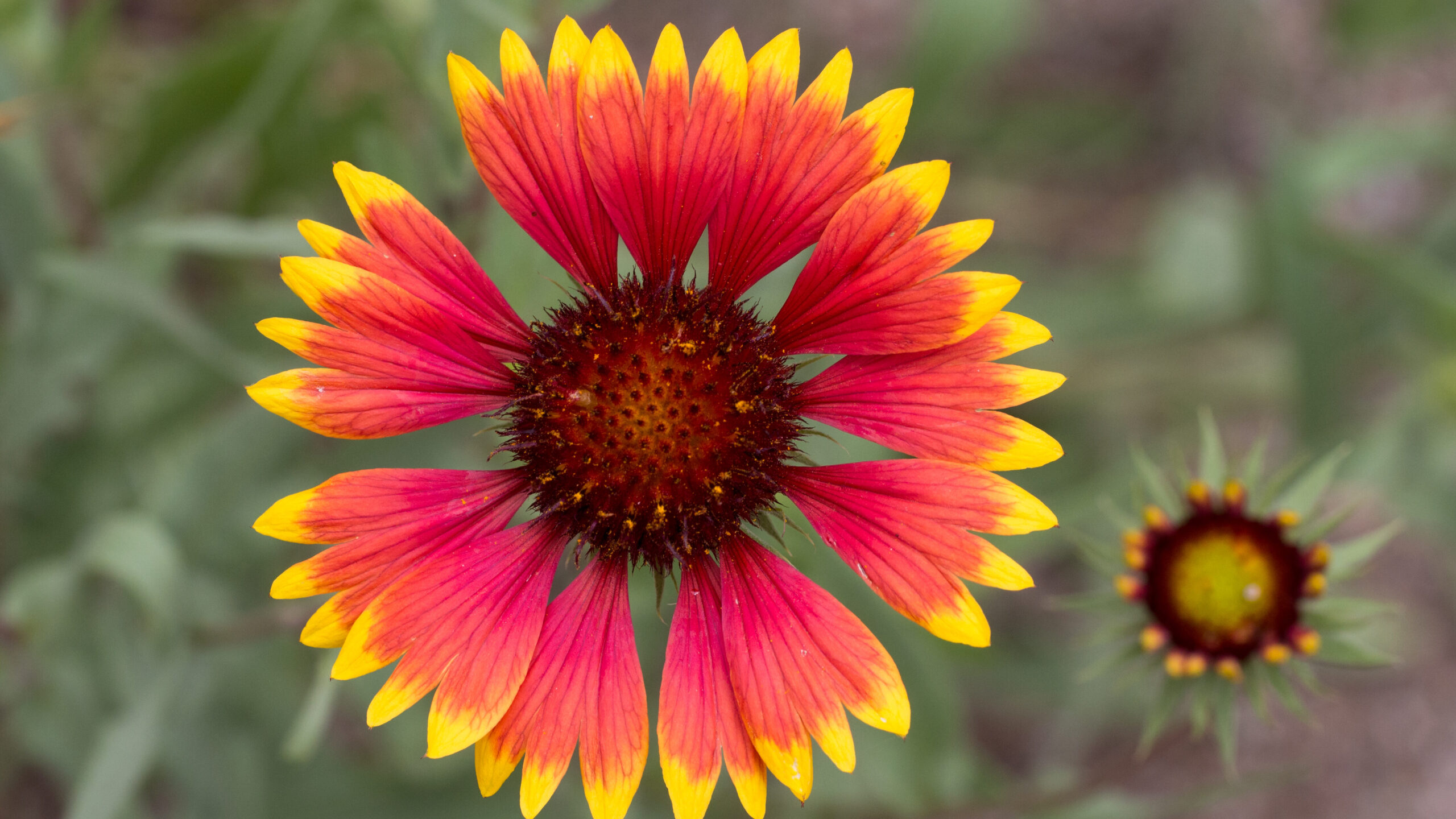
Bringing a splash of color to the middle of summer, Blanket Flower showcases vibrant red and yellow flowers that attract pollinators. Whether paired with other plants or standing alone, it exudes cheer and liveliness. Its presence adds a dynamic element to the landscape, while also supporting pollination and contributing to the overall aesthetic beauty of the yard.
Prairie Smoke
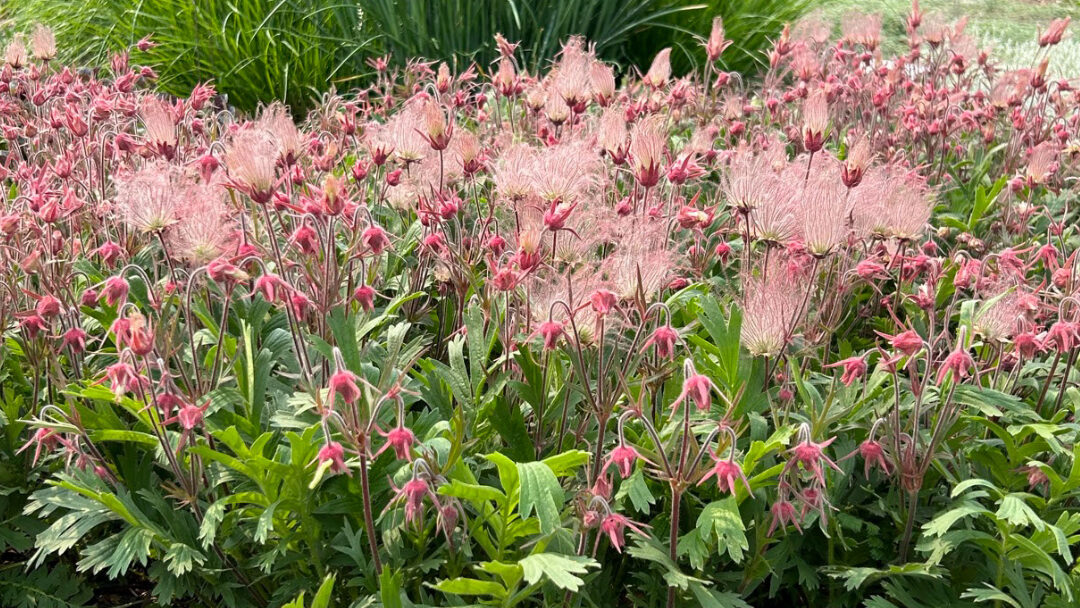
This versatile plant thrives in part shade and features delicate rosy heather-like flowers. Not only does Prairie Smoke attract pollinators, but its unique seed heads also catch the light, providing additional visual interest. Whether used as a ground cover or incorporated into borders, it adds a touch of beauty and charm to the landscape.
Prickly Pear
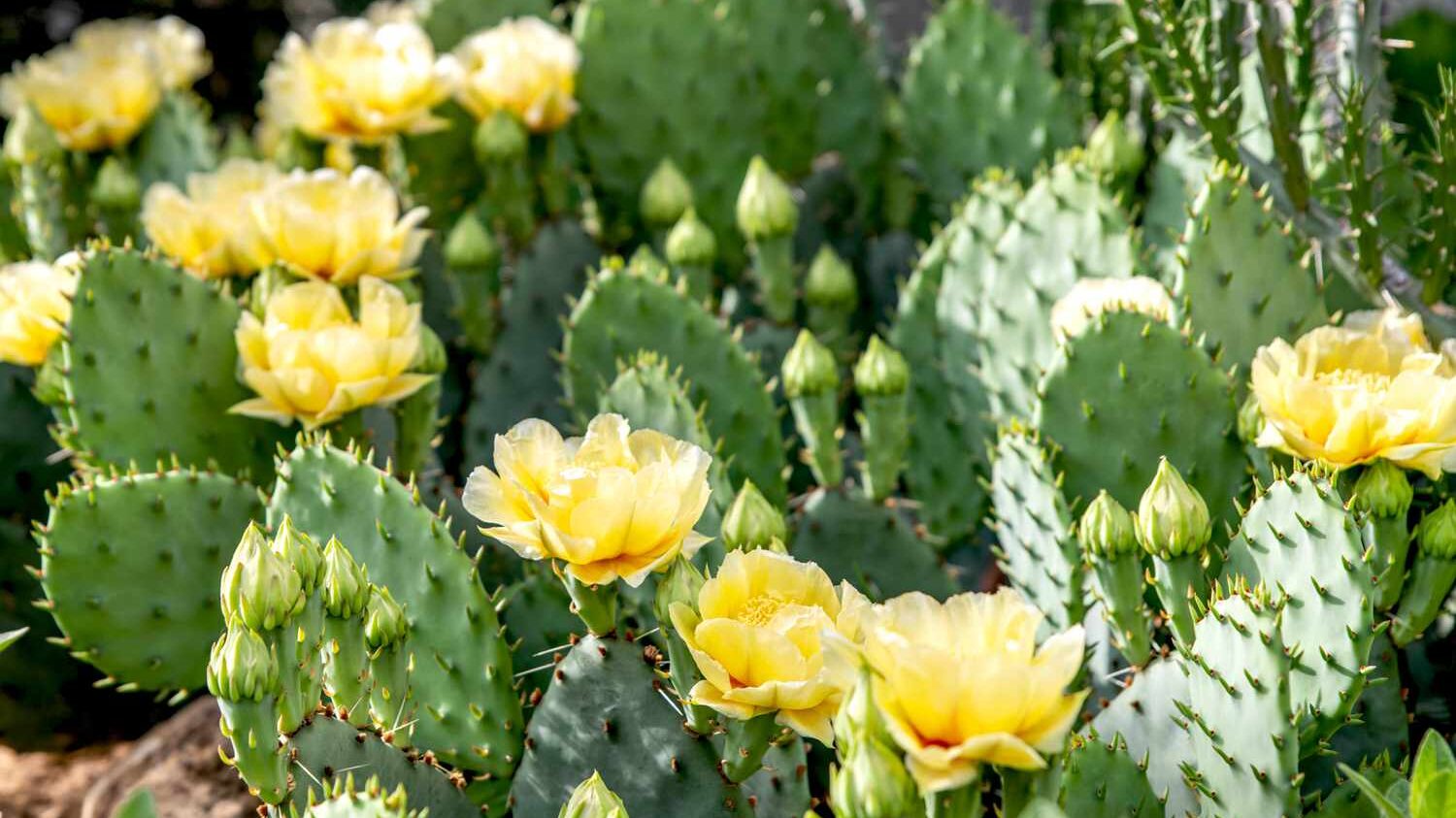
Despite its low water requirements, Prickly Pear surprises with its captivating beauty. With attractive flowers that bloom primarily in May and June, it becomes a magnet for pollinators. Additionally, certain varieties, such as the pheacantha, or Desert Prickly Pear, offer great fruit that adds interest throughout fall and early winter. While caution should be exercised due to its spiky nature, Prickly Pear stands out as one of the most ignition-resistant plants available, making it an excellent choice for fire-prone areas.
Pussytoes
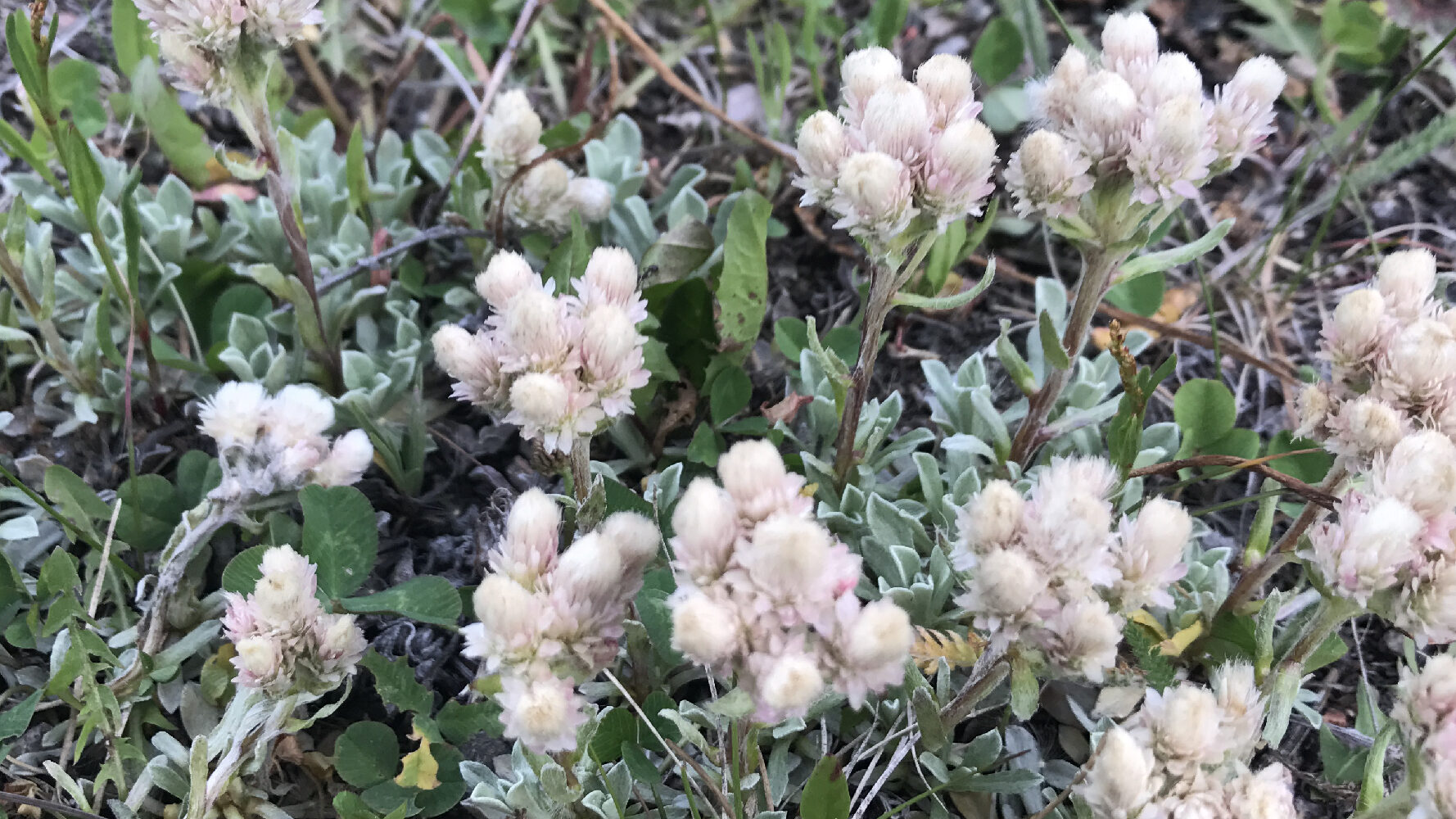
This low-water ground cover plant features attractive gray-green foliage. It serves well between flagstones or as an edging plant, maintaining its appeal even during winter. With year-round interest, it offers a visually pleasing option for those seeking a low-maintenance yard. Not only does it reduce the urban heat island effect, but it also provides habitat for pollinators, making it an excellent choice for an aesthetically pleasing and environmentally friendly landscape.
Pawnee Sand Cherry
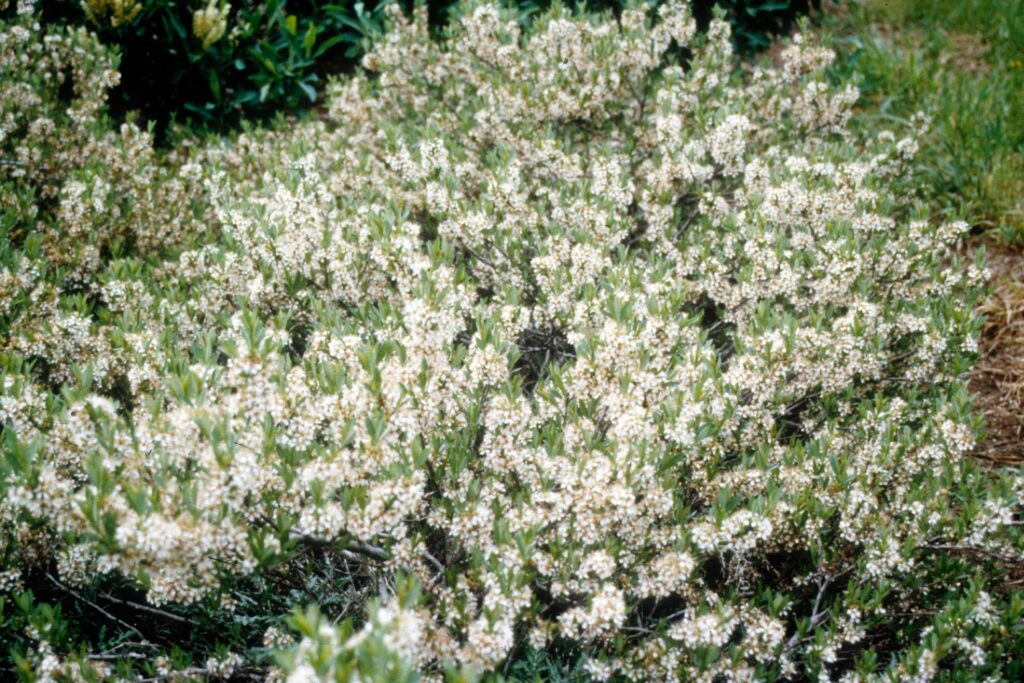
This native sand cherry offers a ground cover form, which enhances its fire resistance. Fragrant flowers in spring are followed by edible black berries, providing sustenance for wildlife. The plant’s beautiful red foliage in the fall adds a vibrant touch to the landscape, making it an appealing choice for both wildlife enthusiasts and those seeking an attractive, low-water plant.
Yucca

Highly resistant to fire ignition, Yucca plants offer striking spires of white flowers in spring. Their architectural presence adds interest and texture to the landscape throughout the year. With their unique and hardy characteristics, Yuccas are an excellent choice for those seeking a visually captivating, low-water plant that can withstand fire-prone conditions.
Penstemons
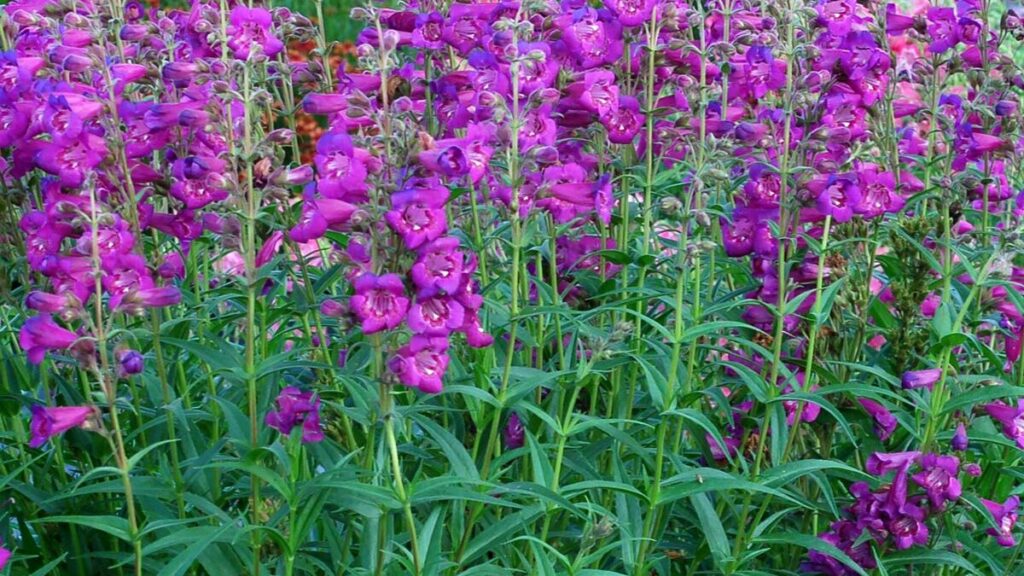
With numerous fire-resistant and drought-tolerant varieties available, Penstemons are an excellent choice for any landscape design. Their vibrant colors and graceful blooms create a striking visual impact, attracting pollinators and adding a delightful splash of color to the garden. Whether selecting options like orchid or side bells, blue mist, rocky mountain, scarlet bugler, or others, Penstemons are a reliable choice for those seeking beauty, resilience, and water efficiency.
Cheyenne Mock Orange
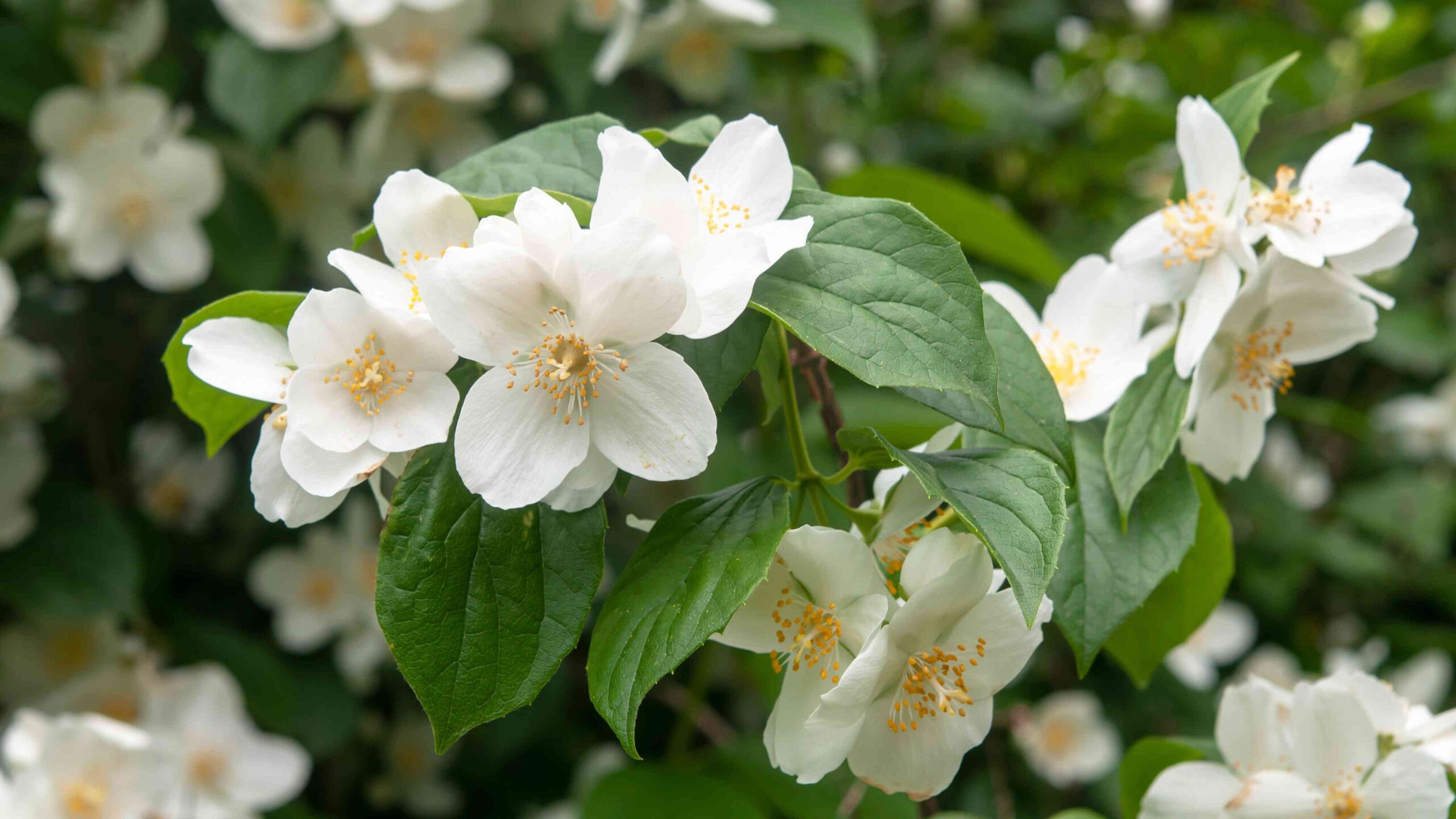
Known for its fragrant springtime flowers, Cheyenne Mock Orange is a visually appealing shrub. For those concerned about fire resistance, compact varieties are available, ensuring a more fire-resistant landscape. This tough plant, native plant adds both fragrance and beauty to the yard, making it an excellent addition to any landscape design.
Wine Cups
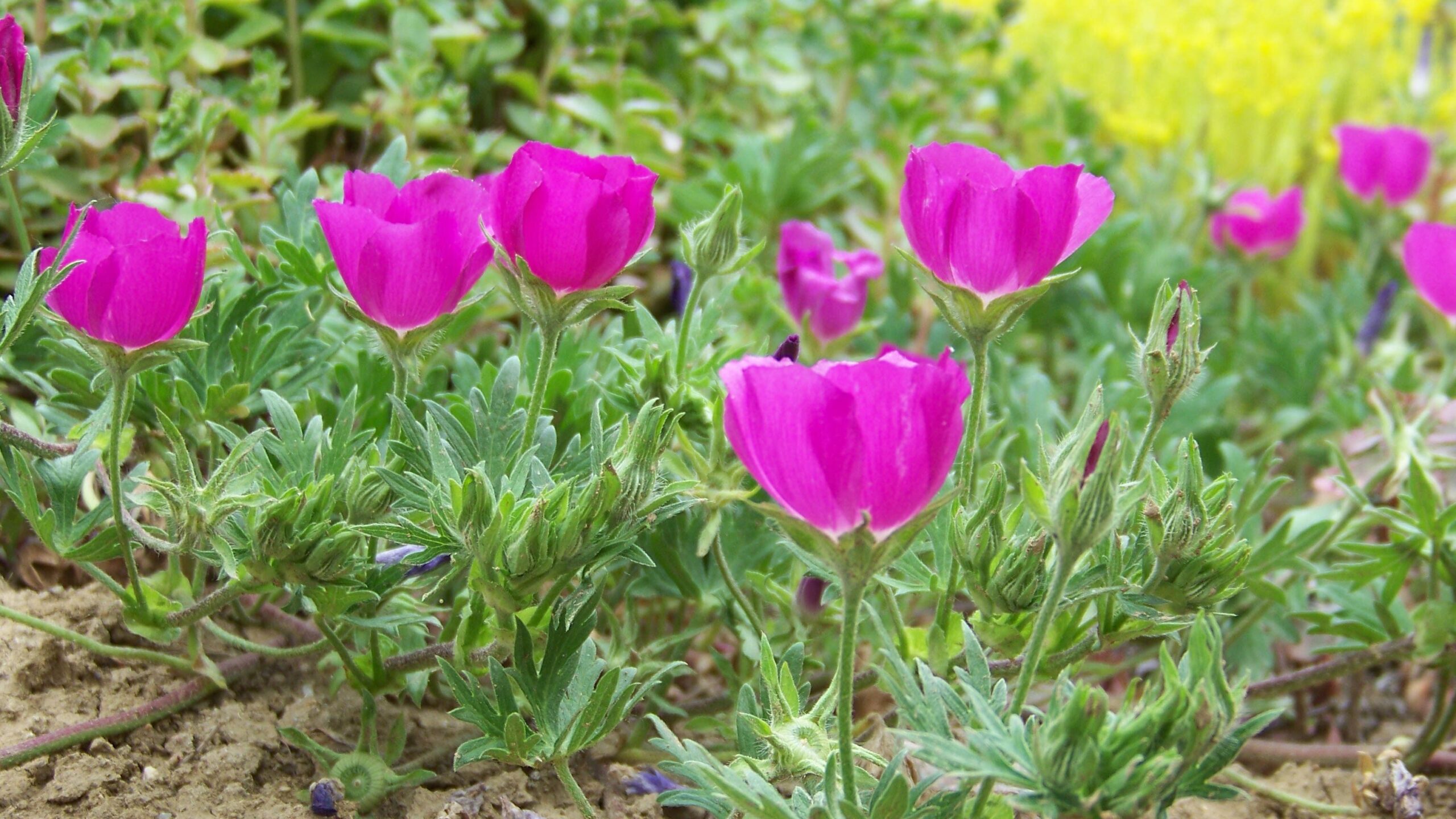
Boasting vibrant hot pink flowers, Wine Cups plants create a stunning display that can cascade over retaining walls. They function as ground covers, spreading their beautiful blooms over a long season. Their cheerful colors beautifully complement gray-green plants like Pussytoes. By attracting pollinators, Wine Cups contribute to the biodiversity of the yard and add a lively touch to the landscape design.
Sulfer Flower

As a ground cover plant, Sulfur Flower adds charm with its yellow-green flowers in the early part of the season. It not only serves as a host for many butterfly species but also provides a captivating display when its leaves turn reddish bronze during winter. With its multi-season interest, this hardy plant enhances the visual appeal of the landscape and supports pollinators.
What makes a plant fire resistant?
- Moisture content: Plants with high moisture content are generally more fire resistant. Moisture acts as a natural barrier to ignition and can help prevent the spread of fire through vegetation.
- Low flammability: Certain plants have low flammability due to their leaf structure and composition. Plants with thicker leaves, succulent tissues, or high water content are less prone to ignite and burn easily.
- Lignin content: Lignin is a complex organic compound found in plant cell walls. Plants with lower lignin content are generally more fire resistant because lignin is highly combustible. Plants with higher lignin content are more prone to burn quickly.
- Leaf surface area and density: Plants with smaller leaves or lower leaf surface area have less fuel available for fire to consume. Additionally, dense foliage can act as a barrier, limiting the penetration of fire and reducing its intensity.
- Moisture retention: Plants that can retain moisture in their tissues during dry periods are more fire resistant. This moisture retention can help them remain hydrated and less susceptible to ignition during fire events.
- Lack of volatile oils: Some plants contain volatile oils that can increase their flammability. Fire-resistant plants often lack these volatile oils, reducing their susceptibility to igniting and contributing to fire spread.
Get In Touch
To schedule a consultation or request services please call 303-245-9166, send an email to information@nativeedgelandscapes.com or Get In Touch through our website. One of our Customer Care Representatives will be happy to help.
